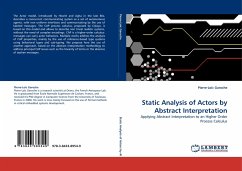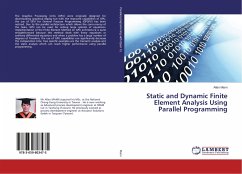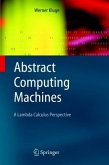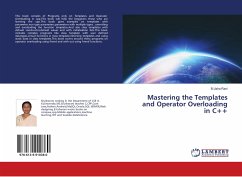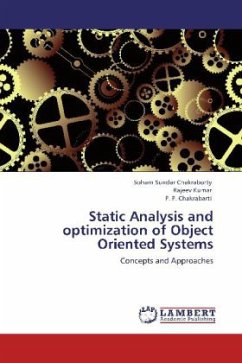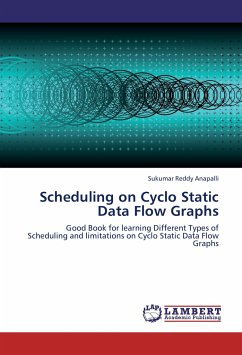The Actor model, introduced by Hewitt and Agha in the late 80s, describes a concurrent communicating system as a set of autonomous agents, with non uniform interfaces and communicating by the use of labeled messages. The CAP process calculus, proposed by Colaço, is based on this model and allows to describe non trivial realistic systems, without the need of complex encodings. CAP is a higher-order calculus: messages can carry actor behaviors. Multiple works address the analysis of CAP properties, mainly by the use of inference-based type systems using behavioral types and sub-typing. We propose here the use of another approach, based on the abstract interpretation methodlogy to address principal CAP issues such as the linearity of terms or the absence of orphan messages.
Bitte wählen Sie Ihr Anliegen aus.
Rechnungen
Retourenschein anfordern
Bestellstatus
Storno

